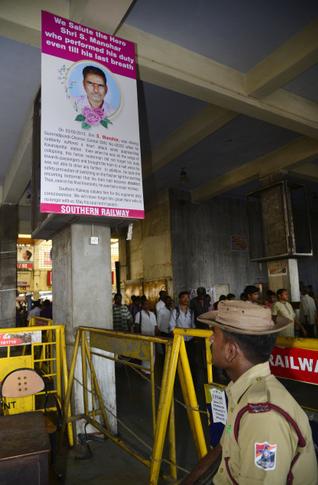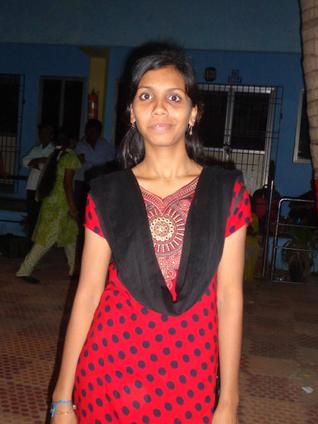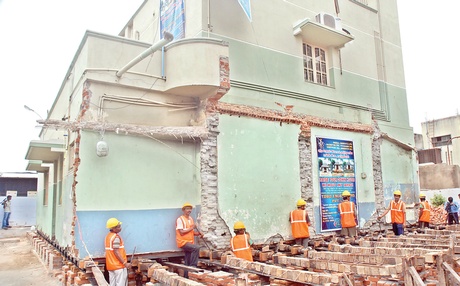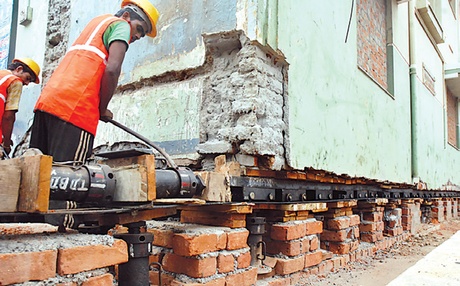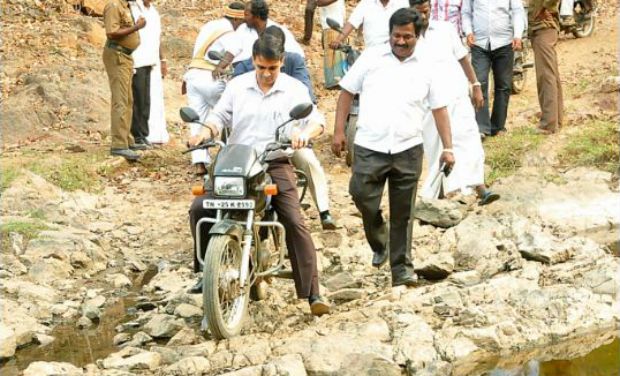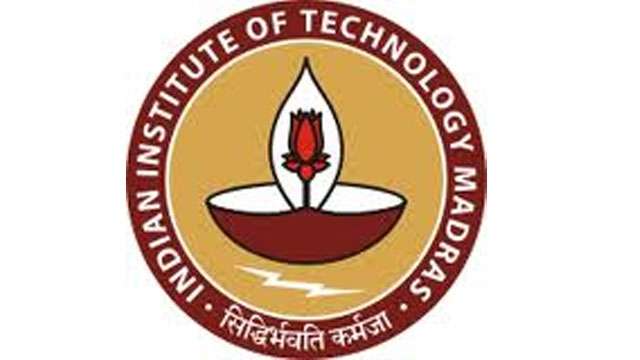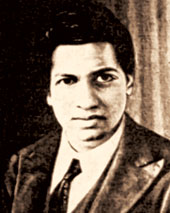
Chennai :
The grandson of southern acting legends Gemini Ganesan and Savitri will play math genius Srinivasa Ramanujan in a film being shot in Tamil and English.
Abhinay Vaddi, whose mother Vijaya is the daughter of Gemini Ganesan and Savitri, will star as the young mathematician in the film that traces his life from his native Kumbakonam, 400km from here, to Chennai and then to Cambridge before his premature death from pneumonia.
“It is an honour to portray an icon like Ramanujan. At the same time, there is considerable pressure that I must do it right. Then there is the added expectation because of my lineage,” said Abhinay, 29, a former international table tennis player.
The film is being directed by retired IAS officer Gnana Rajasekaran, who has two biopics — Bharati and Periyar — to his credit.
Abhinay said he had little to fall back on when it came to Ramanujan’s physical appearance as only three good photographs were available. “None of us knew how he walked or spoke, so I was coached by the director on how Iyengar Tamil was spoken in those times. Being a Telugu, mastering the dialect was difficult,” recalled Abhinay, who has one Telugu and one Tamil film to his credit.
The first schedule of the film at Kumbakonam is complete, and the story now shifts to Chennai. London-based theatre actor Kevin McGowan plays Professor Hardy, the man who discovered Ramanujan’s genius and relayed it to the world.
Sindhu Rajasekaran, one of the co-producers and Rajasekaran’s daughter, said the director believed in showcasing the lives of real-life heroes.

“When Camphor Productions, promoted by my husband Sushant Desai, Srivatsan Nandathur and Sharanyan Nadathur, wanted to produce a good film, my father showed us the script of Ramanujan and we fell for it,” she disclosed.
Rajasekaran had assimilated information on Ramanujan’s life before finalising the script.
Abhinay familiarised himself with Ramanujan by reading The Man Who Knew Infinity: A Life of the Genius Ramanujan by Robert Kanigel.
Asked why the director picked him, Abhinay said Rajasekaran felt his piercing eyes resembled those of Ramanujan. “I learnt later that he had considered Madhavan and Prashanth before choosing me,” said Abhinay, who had to wear a special wig to portray Ramanujan the boy with a half-tonsured head and a tuft of hair — the traditional Iyengar look.In the past, Rajasekaran had ignored the claims of many Tamil actors and picked Marathi actor Shayaji Shinde to play Tamil poet Bharatiyar in his film In the past, Rajasekaran had ignored the claims of many Tamil actors and picked Marathi actor Shayaji Shinde to play Tamil poet Bharatiyar in his film Bharati.In the past, Rajasekaran had ignored the claims of many Tamil actors and picked Marathi actor Shayaji Shinde to play Tamil poet Bharatiyar in his film Bharati. Shinde captured the restless rebel in Bharati very evocatively in spite of his language handicap.
Rajasekaran has chosen to shoot the film on celluloid rather than on digital medium. Scheduled for a December release, the film also has acclaimed technicians on board — national award-winning editor B. Lenin, cinematographer Sunny Joseph and music composer Ramesh Vinayagam.
source: http://www.telegraphindia.com / The Telegraph, Calcutta / Front Page> Nation> Story / by G. C. Shekhar / Chennai – June 11th, 2013
